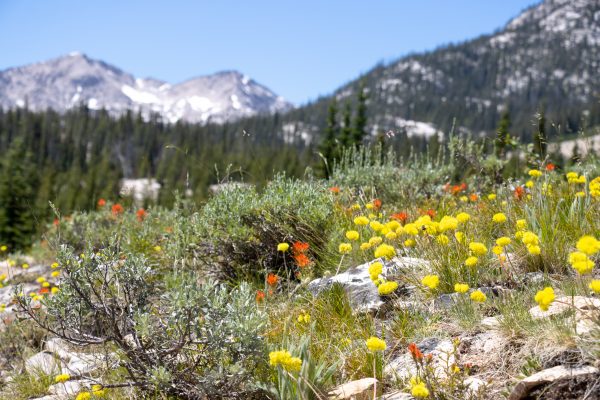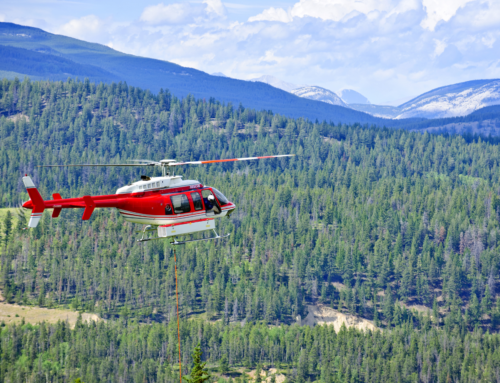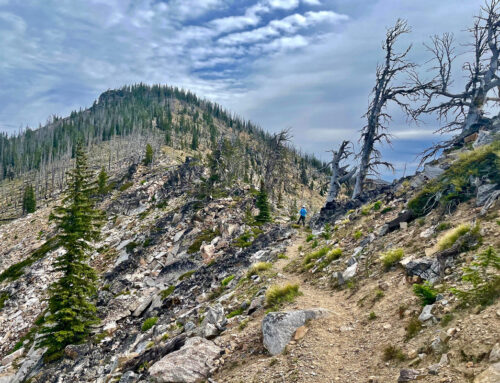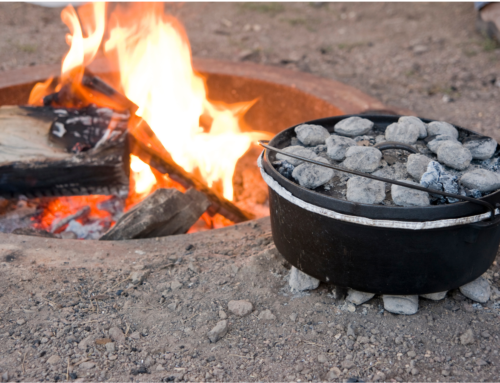
The West is in the grip of a particularly hot, dry summer and a historically severe fire season. We all can do our part to be sure we and our loved ones enjoy our trails while taking precautions to keep ourselves safe and our forests green.
Going hiking or camping this weekend? Stage 1 and 2 fire restrictions are now in effect in most of Idaho and it is important be prepared before you head out.
Before you go:
1. Check out the National Forest Service’s Website and find the specific page for the recreation area, trail, or campground you will be visiting. Go to that Forest’s website and click on “Alerts and Notices” in the list to the left to see the specific restrictions in place. You can also call the local Ranger District for more information. Click here to see the full list of Stage 1 and Stage 2 fire restrictions.
2. Look at this map to see if there are any wildfires burning close to where you are planning to go; most large fires include fire closure areas, with roads and campgrounds closed in the name of public safety. Don’t recreate or drive anywhere near active fires!
3. Prepare yourself for hot temperatures even in higher elevations. Check the weather where you will be going and bring more water than you think you’ll need. Don’t forget sunscreen, hats, and clothing that can wick moisture away from your body. Plan your excursions during the morning when temperatures will be cooler and rest in the hottest part of the day. To learn more about hiking in hot weather, check out these tips from the American Hiking Society.
While you are there:
1. Avoid driving through or parking on any high grass that could be ignited by the underside of your vehicle.
2. If you see an unattended campfire burning or smoldering, douse it with water or bury it with dirt until it is cold to the touch. Consider carrying a shovel, bucket and a fire extinguisher in your vehicle to put out fires if you see them.
3. If you see a new fire burning, call 911 immediately to report it. Leave the area to avoid being caught by a fast-moving fire.
If you’d like to learn more about what you can do to prevent fires, check out these online resources from the National Interagency Fire Center. Thank you for doing your part to keep our public lands safe this summer!





Leave A Comment